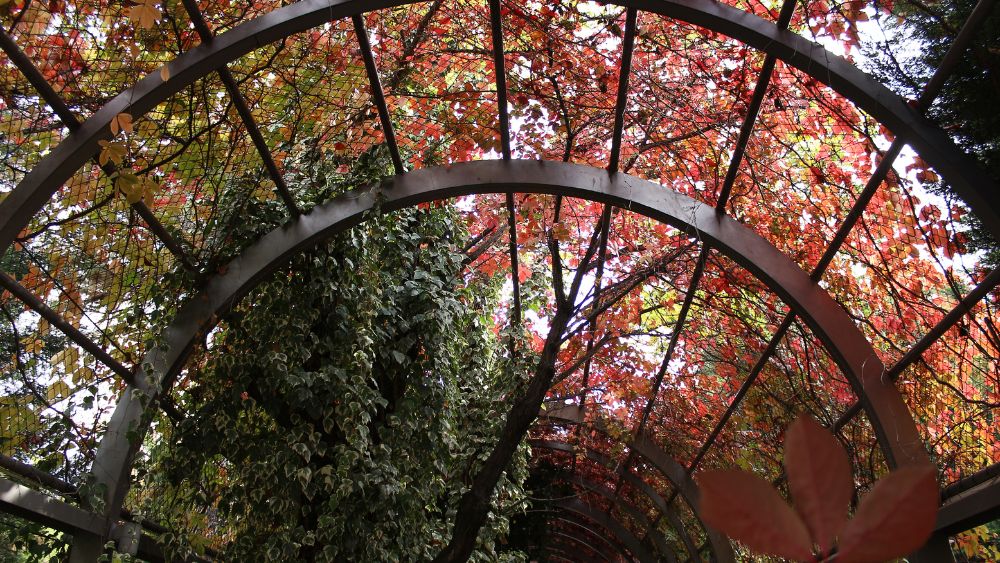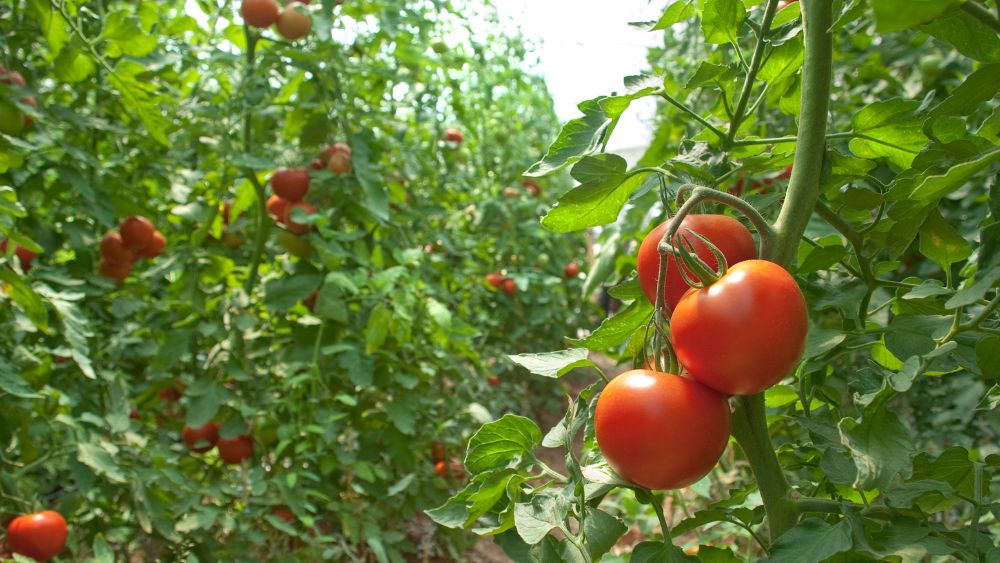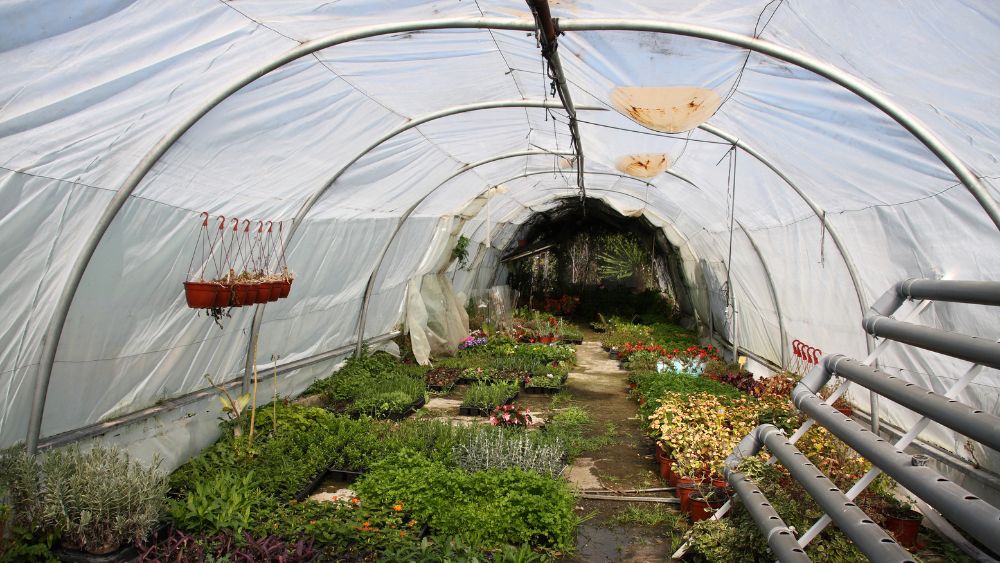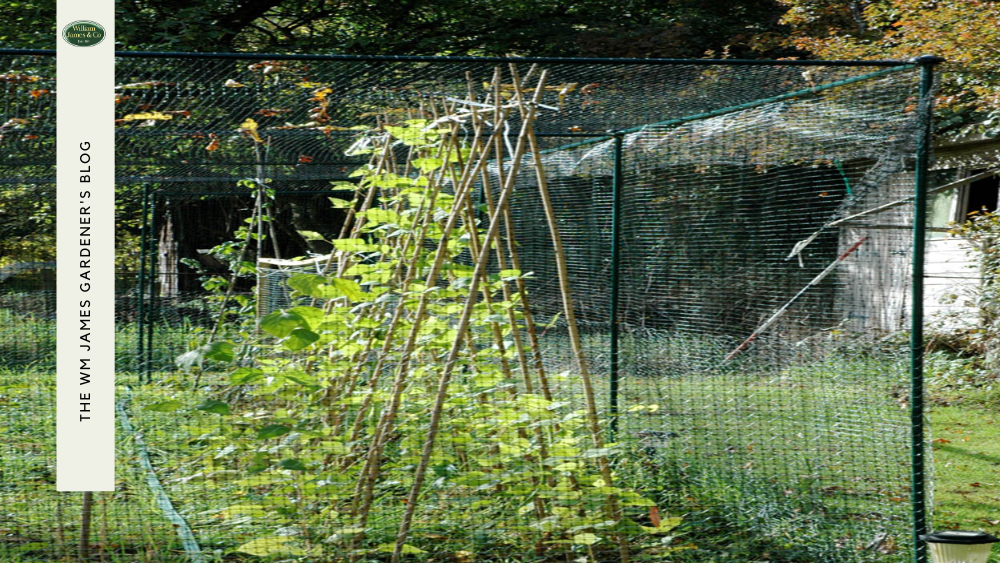We use cookies to make your experience better. To comply with the new e-Privacy directive, we need to ask for your consent to set the cookies. Learn more.
How To Grow Bigger & Better Veg With A Garden Net Tunnel
- Admin
- WM James Gardening Blog
- 30 Nov 2022
-
31views
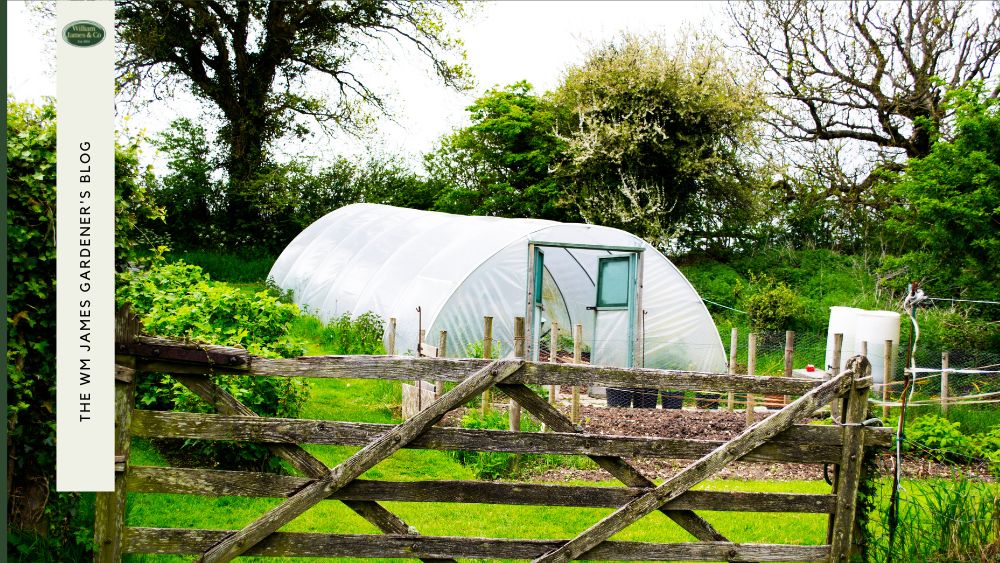
Garden net tunnels provide many benefits for growing fruit and protecting plants. Placed over plants to protect them from pests, wind, and weather damage.
Every avid gardener wants to be able to grow more in their garden or allotment. While there are many ways to achieve this, one option is to use a garden net tunnel. Garden net tunnels provide many benefits for both the plants and the gardener.
At William James, we have a number of garden net tunnels available, each offering different features to suit your crops as well as the time of year. So, whether you’re looking for a small net tunnel to grow herbs or a large one that can accommodate your fruit and vegetable plants, we have the perfect solution for you.
Or, perhaps you're more of a DIY-er? If so, we also offer a range of garden netting that can be used to create your own tunnel.
If you want to find out how to maximise your growing space with a garden net tunnel, read on for our advice.
What is a Garden Net Tunnel?
A garden net tunnel is a frame covered in netting that is placed over plants to protect them from pests, wind, and weather damage. Garden net tunnels can be used all year round and are particularly useful during the winter months when plants are more vulnerable.
They are simple structures that can be made from a variety of materials, including PVC piping, metal tubing, or even bamboo. The most important thing is that the frame is strong enough to support the weight of the netting and any weather that it might encounter.
The netting itself is usually made from a fine mesh that will keep out pests but still allow air and light to reach the plants. There are different mesh sizes of netting available, so it’s important to choose one that is appropriate for the type of plants you want to protect.
Particularly in allotments, where space is often at a premium, garden net tunnels can be a great way to make the most of the area you have. By using a garden net tunnel, you can grow plants vertically as well as horizontally, which means you can produce a larger yield from a smaller space.
Types of Garden Net Tunnels
Depending on the plants you want to grow and the time of year, there are different types of garden net tunnels available. The mesh size of the netting and the material of the frame will vary depending on the type of tunnel you choose. Selecting the right type of garden tunnels will help to ensure that your plants are healthy and productive.
Drawstring Net Tunnels
Drawstring net tunnels are one of the most popular types of garden tunnels. They are quick and easy to set up and can be adjusted to different widths depending on the plants you want to protect. The netting is attached to the frame with a drawstring, which makes it easy to open and close the tunnel as needed. These are useful for growing a range of plants, including herbs, salads, and small vegetables.
Fleece Net Tunnels
Fleece garden net tunnels are particularly favoured in winter as they provide extra warmth for plants. The frame is made from metal or plastic and is covered with a layer of fleece netting. The fleece helps to create a microclimate around the plants, which can be beneficial for growth.
Micromesh Net Tunnels
A micromesh garden tunnel uses a much finer mesh than other types of tunnel. This makes it ideal for protecting delicate plants, such as soft fruit, from pests. The frame is made from metal or plastic and is covered with a layer of micromesh netting.
Polytunnels
A polytunnel is a more permanent structure that is often used by professional growers. They are made from a steel or aluminium frame and are covered with a layer of polythene. Polytunnels can be used all year round and are often used to grow plants that need a lot of heat, such as tomatoes.
The Benefits of Using a Garden Net Tunnel
Aside from helping you to maximise your growing space, there are a number of other benefits to using a garden net tunnel.
Garden net tunnels can extend the growing season by providing protection from cold weather, particularly when using fleece garden tunnels. They can also be used to create a microclimate around heat-loving plants, such as tomatoes, which will help them to grow and produce fruit for longer.
Garden net tunnels are also a fantastic way to protect your crops from pests. By using a fine mesh, such as a micromesh, you can keep out small insects like aphids, whitefly, and other harmful insects.
This will help to keep your plants healthy and productive. Not only will they keep away the smallest of bugs, but they will also prevent bigger animals, such as birds and deer, from getting to your plants.
If you are growing plants that need pollinating, it's important to use the right type of garden net tunnel. Some netting, such as micromesh, is too fine and will prevent pollinating insects, such as bees, from getting to the plants. In this case, you would need to choose a garden tunnel with a coarser mesh, such as a drawstring net tunnel.
Garden net tunnels are a great way to get the most out of your garden, whether you're a professional grower or a keen amateur. By using the right type of tunnel for your plants and the time of year, you can create the perfect environment for them to thrive.
How To: Set Up a Garden Net Tunnel
Once you've figured out which type of garden net tunnel you need, it's time to set it up. Garden tunnels are easy and quick to set up, with most following the same simple steps.
- Choose a level spot in your garden that gets plenty of sunlight and is well-drained.
- Assemble the frame of your garden net tunnel according to the instructions.
- Cover the frame with the netting, making sure that it is securely attached. Use wooden battens or metal clips to secure the edges of the netting to the frame.
- Once your garden net tunnel is set up, you can start planting your crops. Make sure to leave enough space between the plants so that they have room to grow.
How To: DIY a Garden Net Tunnel
If you prefer a more hands-on approach, you can easily make your own garden net tunnel!
Before you get started you will need the following:
- A roll of garden netting
- A length of PVC pipe, metal tubing or bamboo canes
- Wire or string
- Metal clips
- Scissors
We have a variety of garden netting accessories available that you can use for your DIY garden tunnel. From garden nets to wire to bamboo canes, we have everything you need to create your own garden net tunnel.
- Cut the garden netting to the desired length, using scissors. Make sure to leave enough netting at either end so that you can attach it to the frame.
- Assemble the frame of your garden net tunnel using PVC pipe, metal tubing or
- Choose a spot in your garden that gets plenty of sunlight and is well-drained.
- Cut the PVC pipe/metal tubing/bamboo cane into lengths that are slightly longer than the width of your garden bed.
- Dig a trench around the perimeter of your garden bed. The trench should be as deep as the length of your PVC pipes/metal tubing/bamboo canes.
- Insert the PVC pipes or metal tubing into the trench. Make sure that they are evenly spaced and level.
- Cut the garden netting to a size that will cover the entire garden bed, with enough extra to drape over the edges of the PVC pipes/metal tubing/bamboo canes.
- Drape the garden netting over the PVC pipes/metal tubing/bamboo canes, and secure it in place with wire or string. Make sure that the netting is taut so that it doesn't sag in the middle.
- Use metal clips to secure the edges of the netting to the PVC pipes/metal tubing/bamboo canes.
Your garden net tunnel is now complete! You can start planting your crops and enjoy watching them grow.
Final Thoughts: Maximise Your Crops with a Garden Net Tunnel
Garden net tunnels are an easy and effective way to create the perfect growing environment for your plants. By using the right type of tunnel and following some simple steps, you can have a thriving garden in no time.
Be sure to check out our range of garden netting and accessories so that you can create your own garden net tunnel. From garden nets to wire to bamboo canes, we have everything you need to get started.
FAQs
Should I put netting over my garden?
Garden netting is a great solution for keeping pests out of your garden. It will also protect your plants from harsh weather conditions and strong winds.
How can I protect my plants from tiny insects?
Garden net tunnels are an effective way to keep tiny insects out of your garden. The netting will create a barrier that the insects cannot penetrate while still allowing air and water to flow through.
Are garden net tunnels effective against birds?
Yes, garden net tunnels are an effective way to keep birds out of your garden. The netting will create a physical barrier that will prevent the birds from being able to access your plants.
What can I grow in a garden net tunnel?
You can grow a variety of plants in a garden net tunnel. Vegetables, herbs, and flowers will all thrive in this protected environment.

